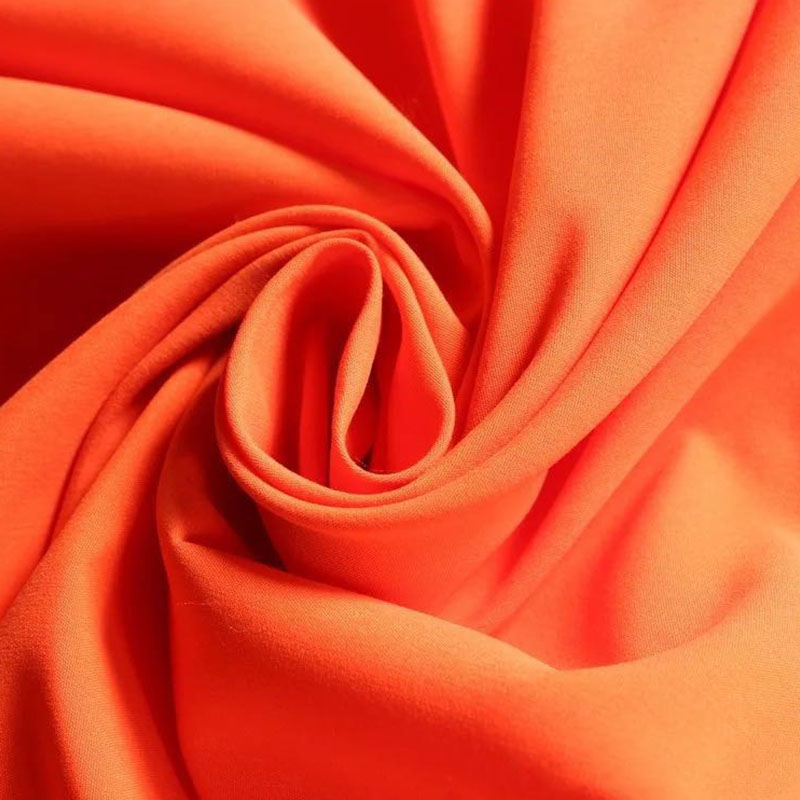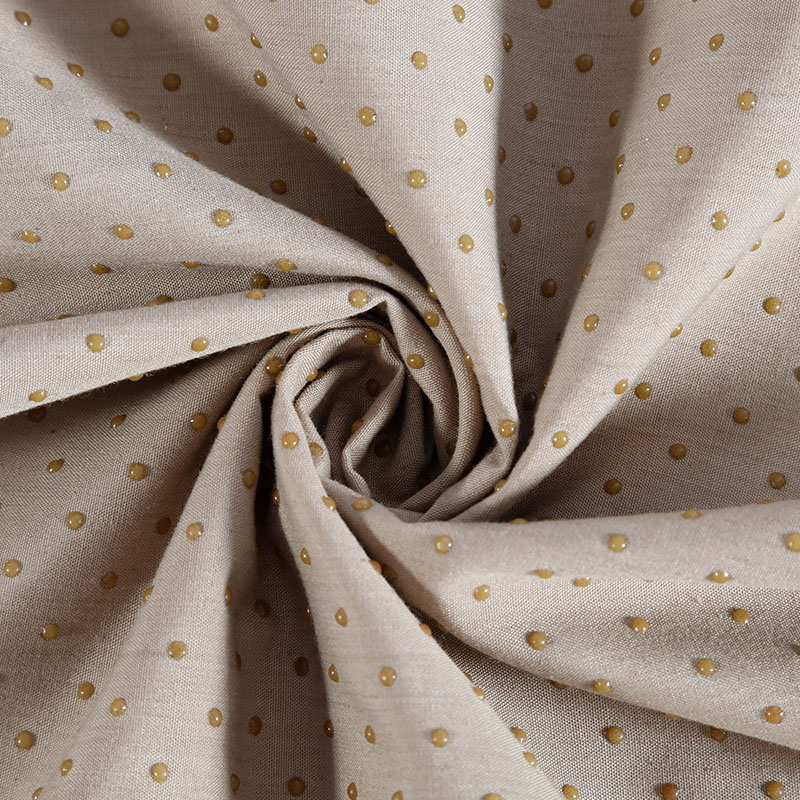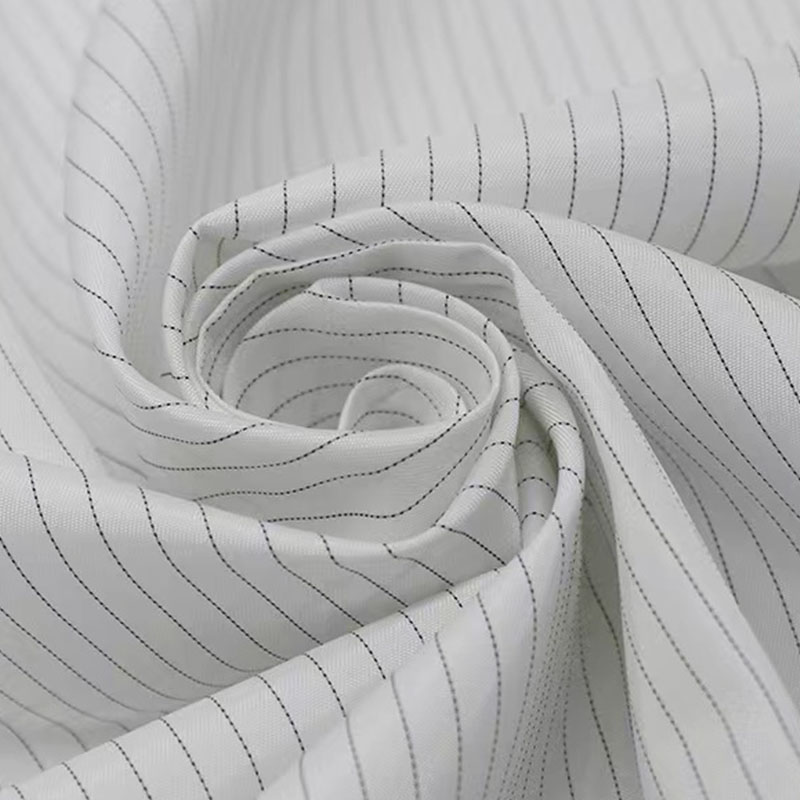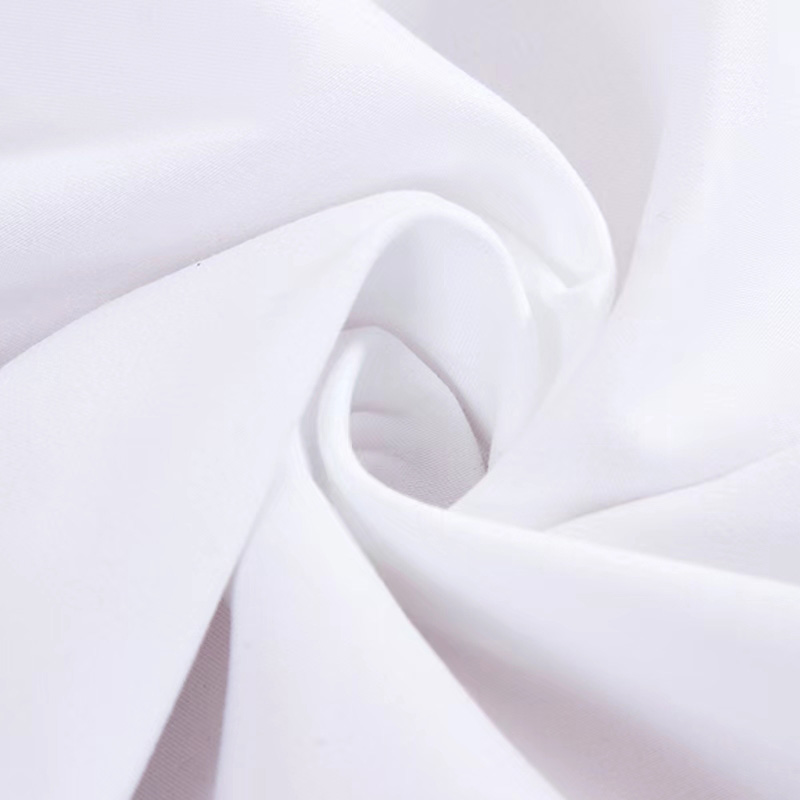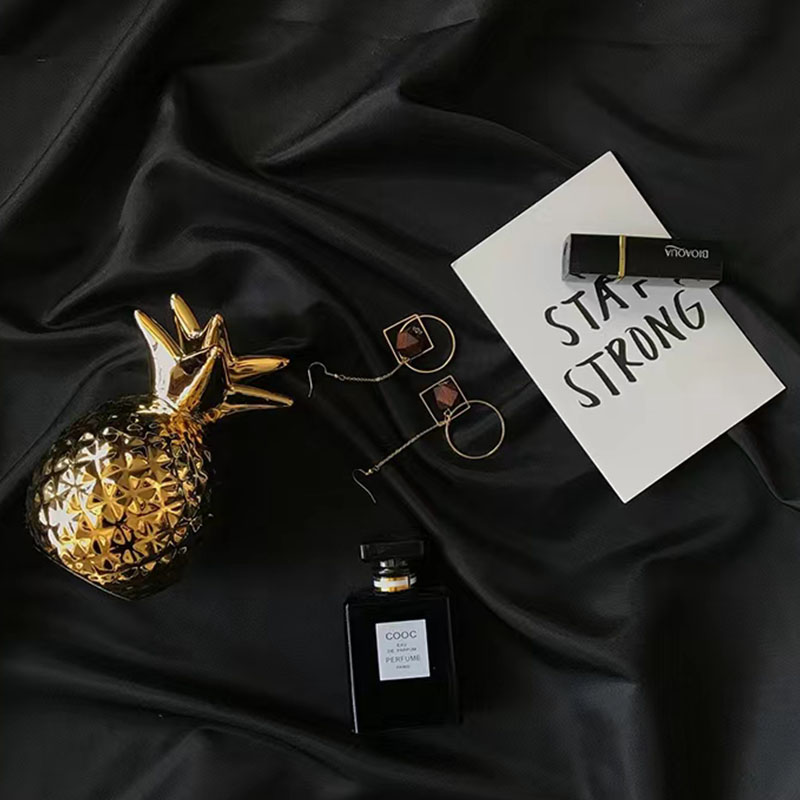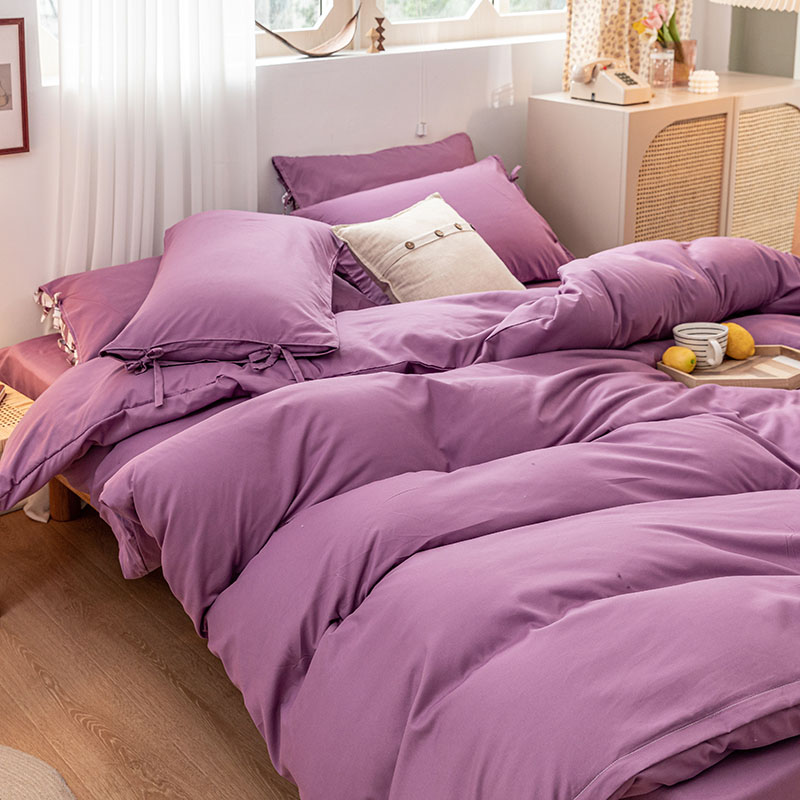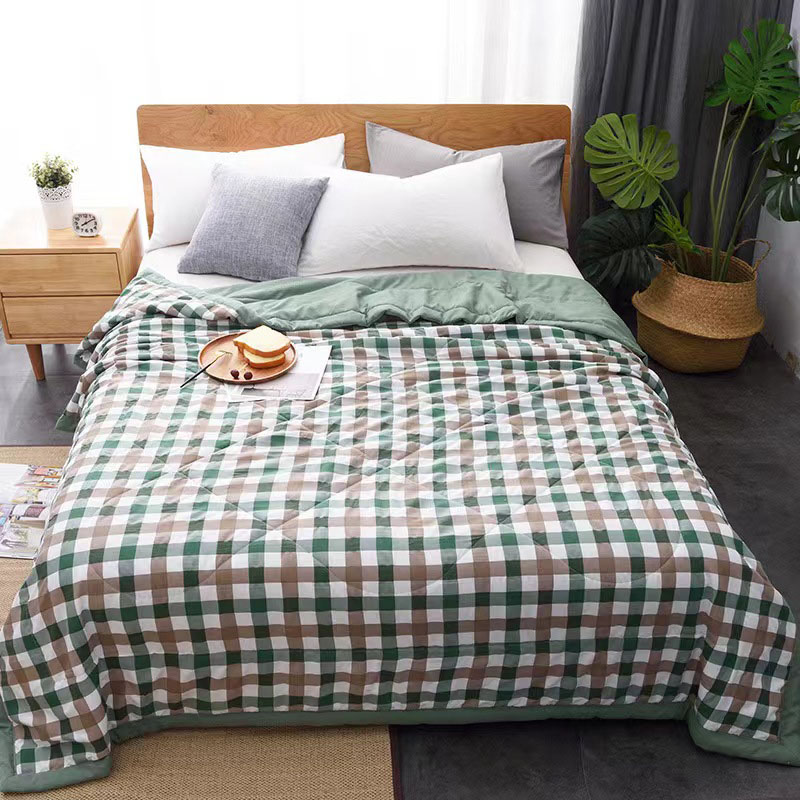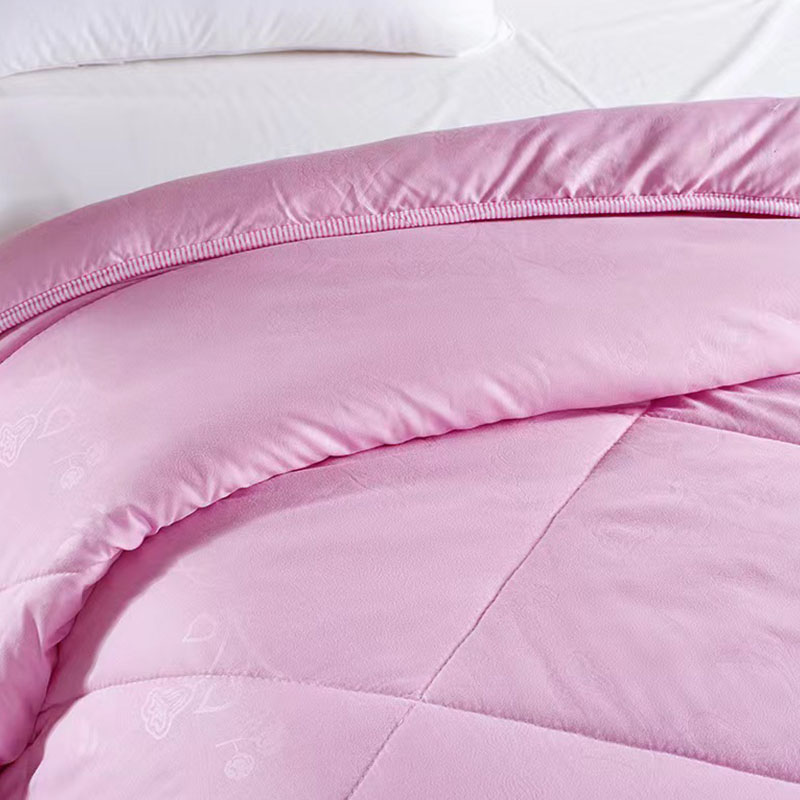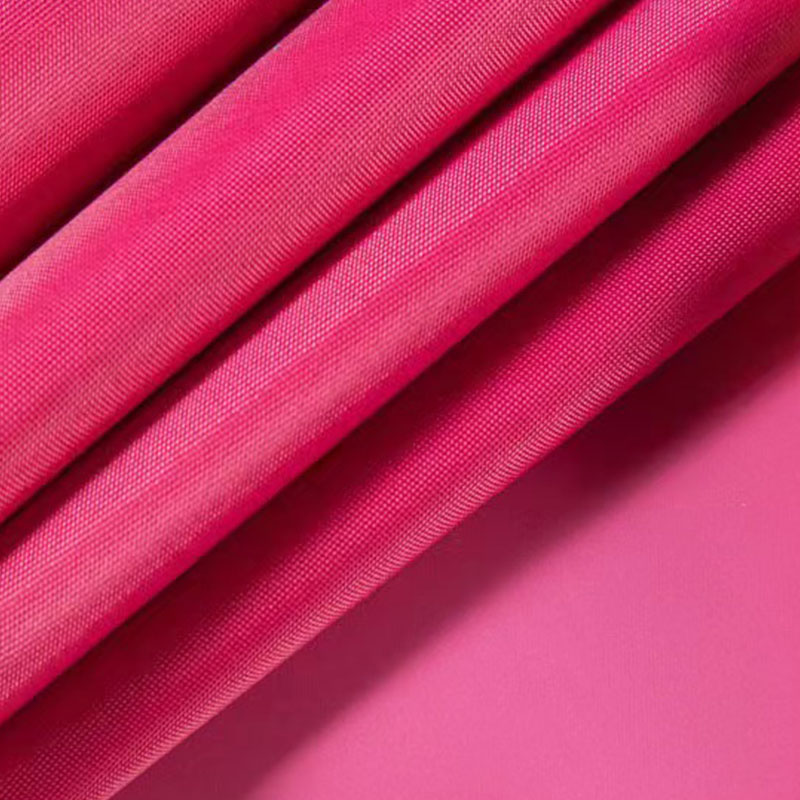Dyeing polyester fabric can be a difficult task if you are not careful. This is because polyester fibers do not absorb water easily.So, it is important to pick disperse dyes for this material to achieve the best results. Otherwise, you may end up with blotchy and leaking colors.Chemical Composition.There are many types of dyes that can be used to color polyester fabric. You will need to choose the best one for your specific needs.Before you start to dye polyester, it is important to understand how different chemicals can make a difference in the outcome. This includes things like the dye's chemical composition, its pH, and how long it will take to soak the fibers.Polyester fibers are made from artificial polymers, so they have a different chemical structure than natural fibers. These materials contain a mix of hydrocarbon repeating units and polar amide or nitrile groups that provide sites for hydrogen bonding with the dye molecules.The dyes that will work the best on synthetic fibers are cationic dyes. These dyes are able to enter the polyester fiber with minimal resistance from the synthetic polymer. These dyes also require a high temperature to be effective, so they are generally applied in very hot environments.Cationic dyes are often incorporated into the polymer solution before it is spun or extruded, so that they can interact with the ions that are already in the polymer. This allows incomparable bright shades to be produced.These dyes are often more expensive than other dyes, but they do last a longer period of time and give better colors. They are also a good choice if you are working with an older, damaged polyester fabric or one that will be exposed to a lot of wear and tear.Another option is to use disperse dyes, which allow the dye to be distributed throughout the fabric. These dyes are easier to apply and require less heat than cationic dyes, but they can also be harder to remove from the fabric after the process is complete.If you are using a disperse dye, you will need to dissolve the dye powder in water. It's important to stir the mixture tirelessly until all of the dye has been dissolved. This will ensure that you don't get patches of color on the fabric. It is also important to add urea to the dye solution to help dissolve it even more thoroughly.
Preparation.Polyester is a popular fabric that can be found in a wide variety of clothing items. It is a durable and easy-to-wash material that retains its color, making it ideal for many different types of clothing.Using dyes to color your polyester fabric is an effective way to add unique colors and patterns to your fabric. There are several different dyes that you can use, and you should choose one that is best for the type of fiber you’re dyeing.When choosing a dye, it is important to consider the amount of time you want to leave the fabric in the dye. This will determine the final color. It is also a good idea to test out the dye on scraps of fabric before actually using it.You will need a dye pot, a thermometer, and safety gear such as gloves and goggles to protect your skin from the chemicals in the dye. You should also prepare a scour bath, which will help to remove any natural and manufactured residue that may be present on the fabric.Before dying your fabric, you should ensure that it is completely free of any dirt or oils. You can do this by pre-washing it with a textile detergent. This will eliminate any possible issues that could occur during the dyeing process.After washing, you should scour your polyester fabric before putting it in the dye. This will help to remove any dirt and oils from the fabric, and it will improve the color fastness of your fabric.Then, you can start dyeing your polyester fabric. You should follow the instructions provided by the manufacturer of your dye product to ensure that you get the right color on your fabric.
In addition to following the directions of the dye product, you should also check the instructions for any auxiliary chemicals that you will need to add before and after dyeing your fabric. These can include soda ash, bleach, sodium carbonate, and more.Once you’ve added the auxiliary chemicals to your dye pot, it’s time to begin dyeing your fabric. This is a process that can take up to an hour, so make sure you give your fabric plenty of time in the dye bath. You can leave the fabric in for a longer period of time if you’d like a darker or deeper color.

 English
English Español
Español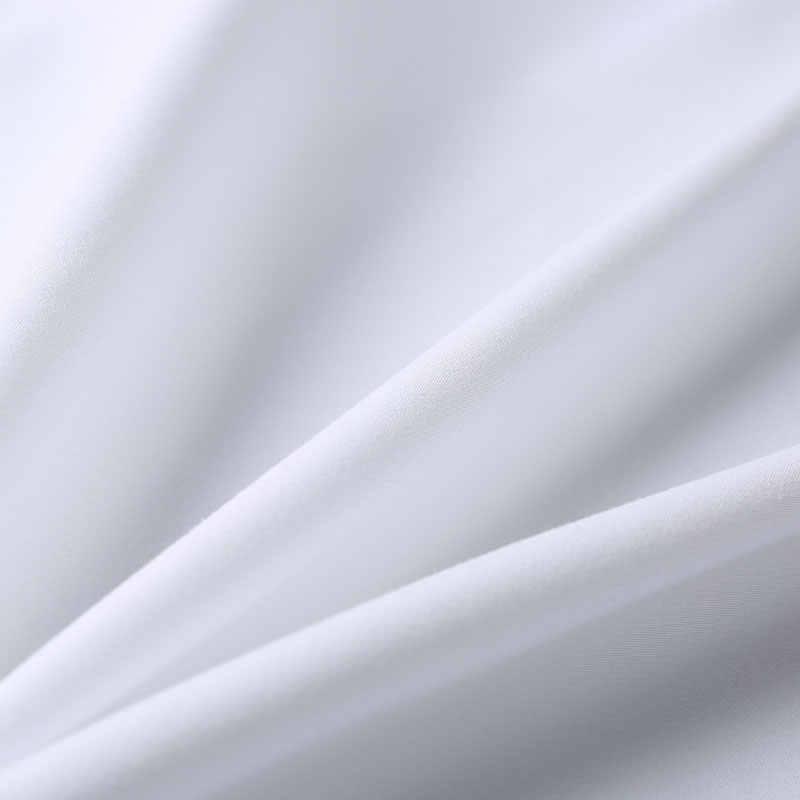
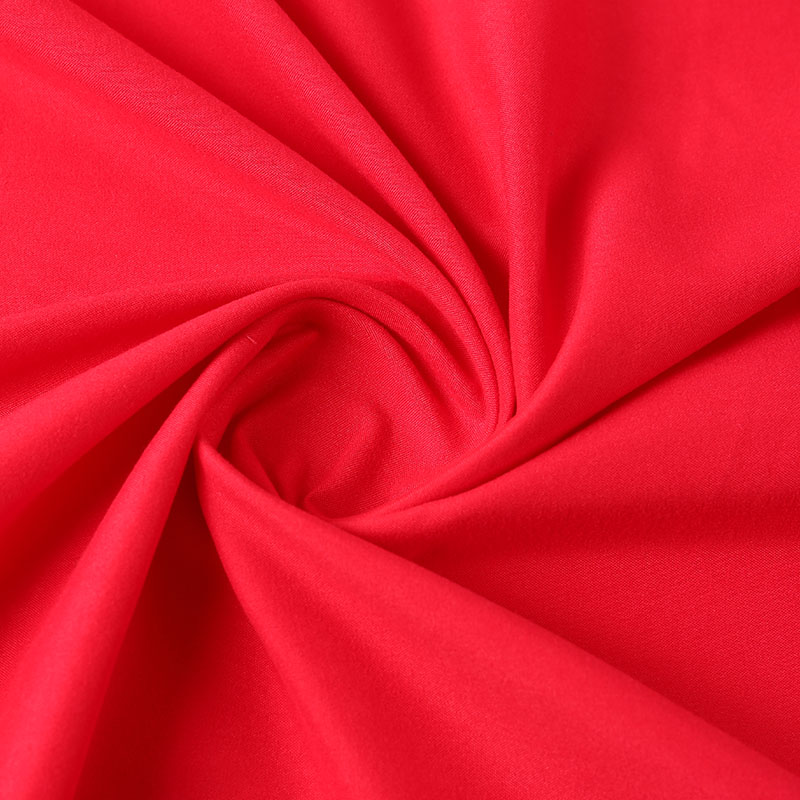




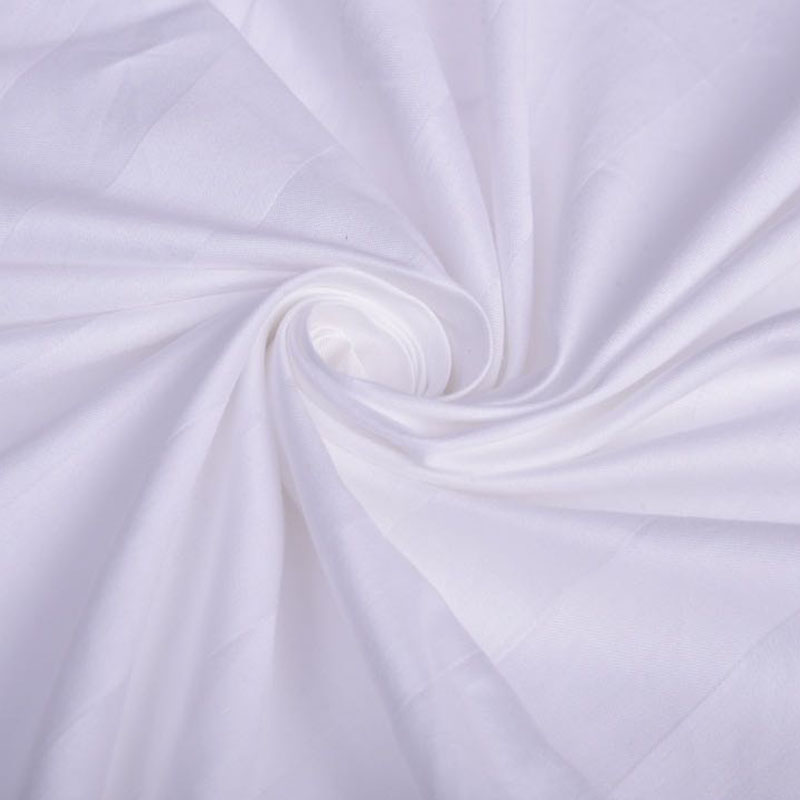

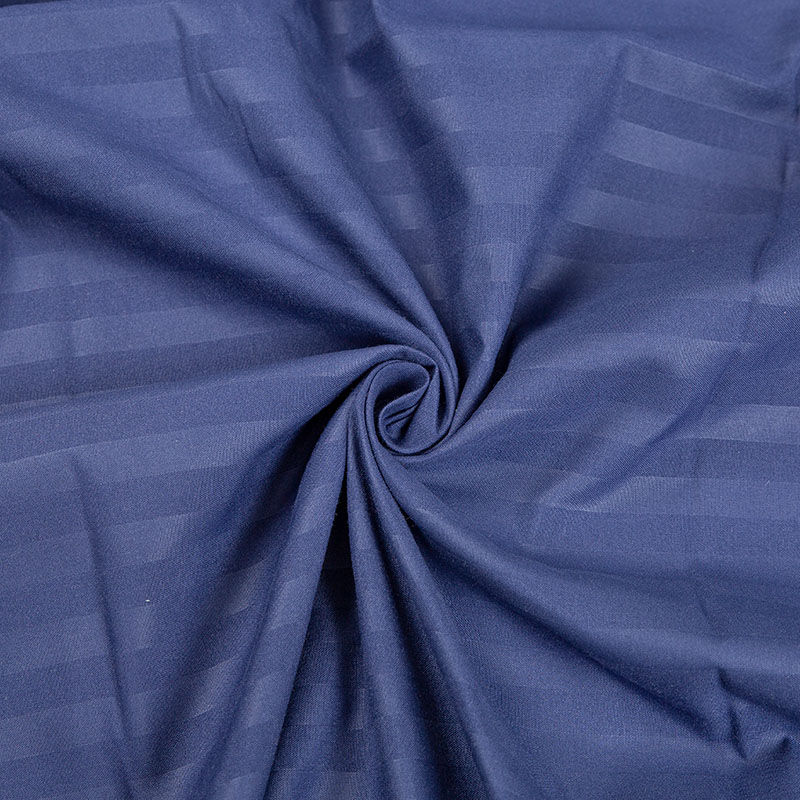







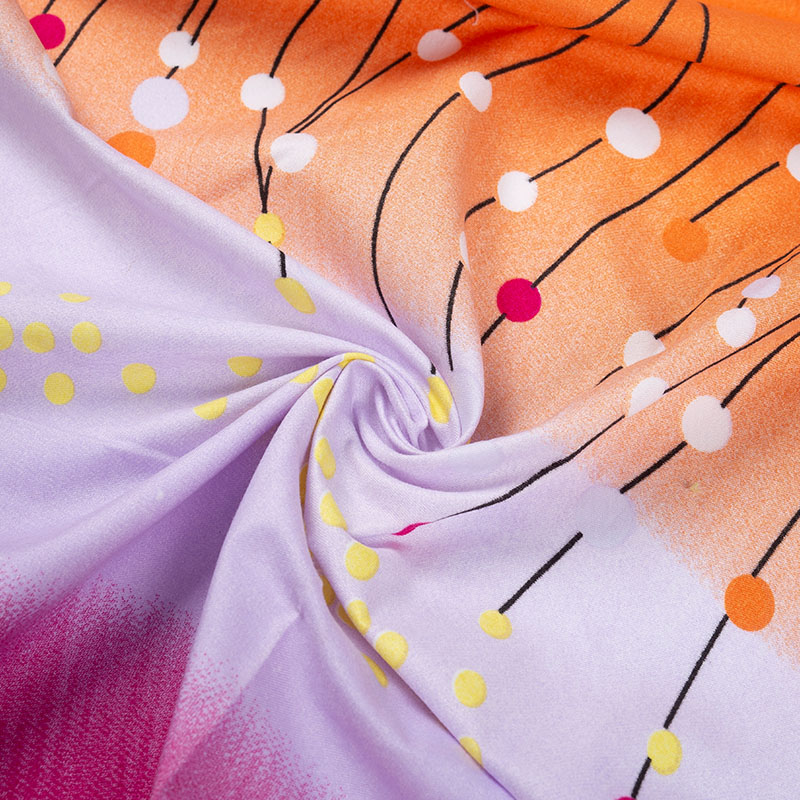


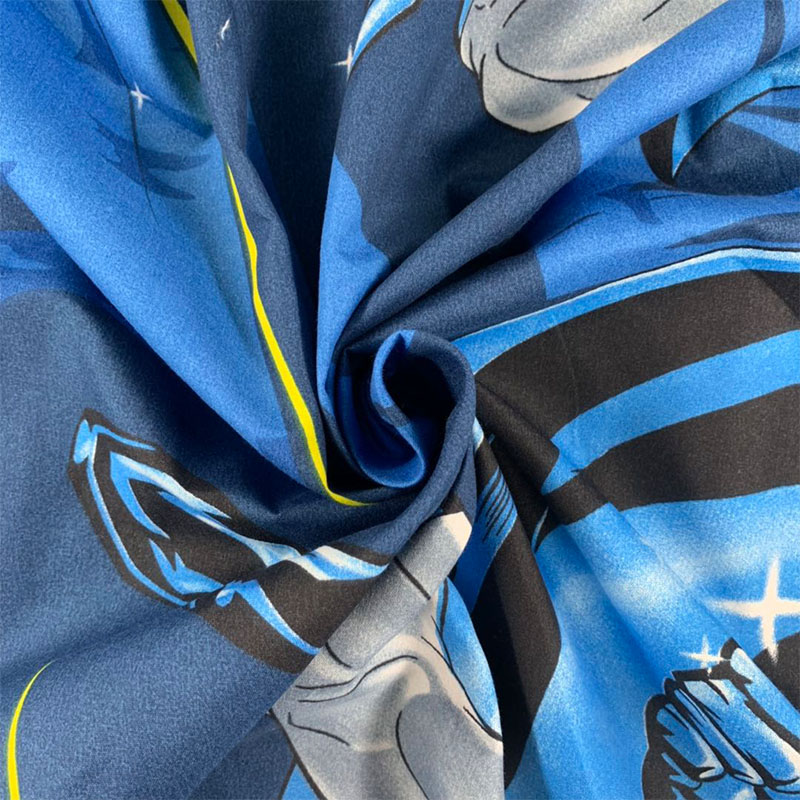
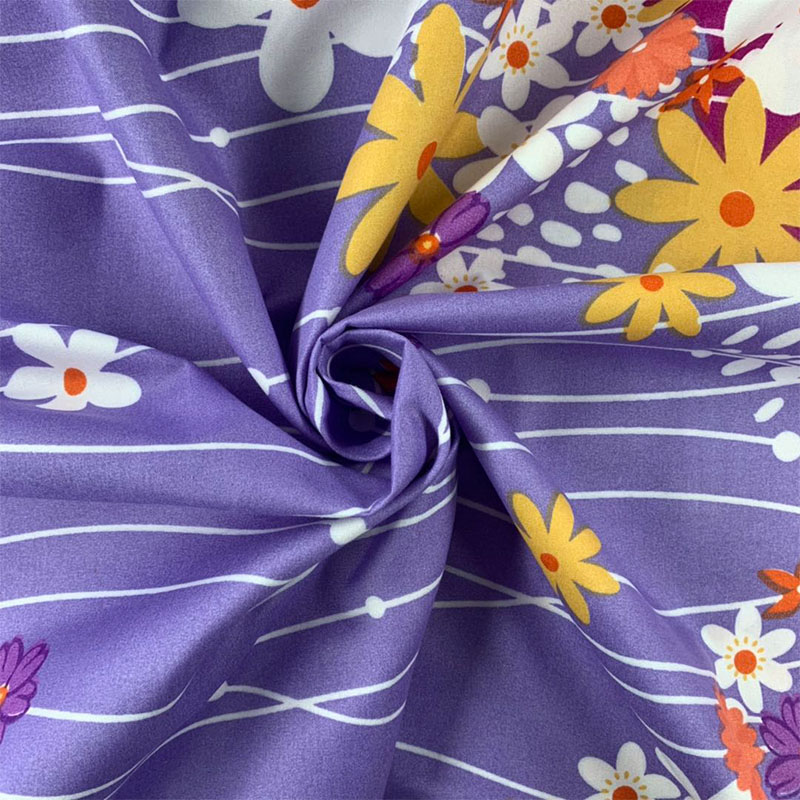



.jpg)
